Cucumbers Adam - parthenocarpic hybrid. It was launched in the Netherlands by BejoZaden B.V. In Russia, it was officially registered only in 2002. The variety has an early ripening, indeterminate and mid-growth. In height, the bushes will be such at which level pinching is done along the central stem. The crop is self-pollinating, greenhouse conditions and open ground are suitable for cultivation. The stems are strong, thick with not large leaves that have a dark green color.
Content
Characteristics
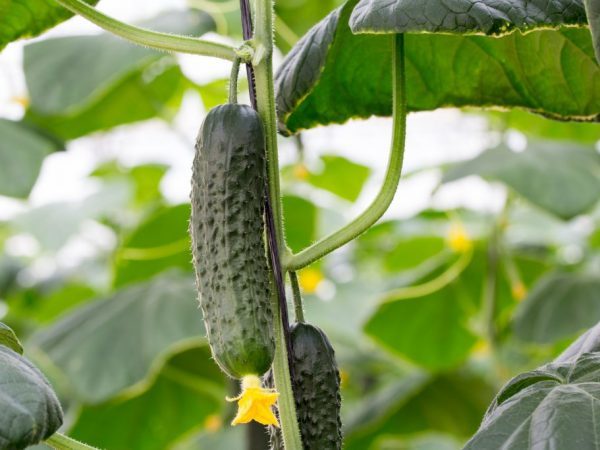
Cucumber Adam is in great demand among gardeners, which is understandable. The ripening period is 45-50 days from the moment when the sprouts formed. Productivity is 10 kg / m2. Fruiting lasts until the air temperature at night and day drops to + 8C. Germination rate of 95%. It is undesirable to collect seeds from cucumbers for subsequent planting, as it will not work to achieve the proper result.
Fruit:
- green
- cylindrical;
- without bumps;
- up to 12 cm long;
- up to 3 cm wide;
- green or dark green;
- in weight do not exceed 90g;
- with small thorns.
Advantages and disadvantages of the variety
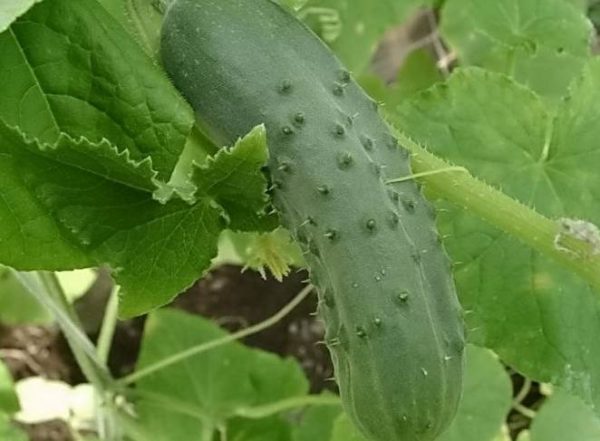
Adam has many advantages for which both experts and amateurs appreciate him. These include the presence of:
- excellent productivity;
- early fruiting, which lasts for a long period;
- excellent presentation;
- good taste;
- resistance to long transport traffic;
- safety for a long time;
- resistance to pests and disease.
Due to these characteristics, beginner gardeners choose it, but it is worth paying attention to the disadvantages:
- There is no way to use the seeds for subsequent planting of a new crop.
- The skin is too thin, which requires maximum caution when processing and preparing for pickling.
The place and conditions of planting in no way affect the yield and quality of vegetables.
Disease and pest resistance
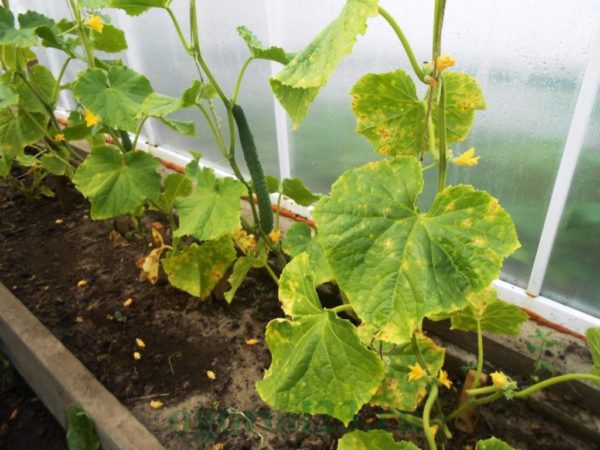
The immunity of this plant is strong, but this does not exclude the formation of some problems. Possible diseases:
- Peronosporosis. Foliage begins to change color, and their surface is covered with brownish spots that provoke drying.
- Anthracnose. A disease in which the foliage turns brown gradually dries, which will cause the death of the culture.
- Gray rot. It affects the stem, and the first signs are a white coating, where rot will later grow. The sick bush should be destroyed, burned, and the remaining cucumbers need to be processed.
- Sclerotinia. It can harm the root system, stems and the fruits themselves. When identifying the disease, you need to destroy not only the bush, but also the vegetables.
In addition to the disease, an insect attack is possible. Most often, bushes affect aphids, because of which they slowly develop. Nematodes will feed on the juice of the plant, sucking out all the nutrients from it.
A bear can destroy roots and shoots with cucumbers, which negatively affects productivity. The fight against such insects is quite difficult, as they live underground.
Seedling planting
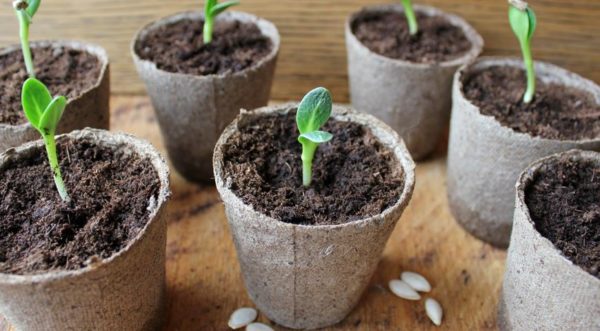
In recent years, gardeners use the seedling method. The method provides the possibility of obtaining a large crop in the shortest possible time. Work begins in mid-spring and the cultivation period will be about a month and a half.To achieve a favorable result, it is enough to perform:
- brief stratification of seeds, for which they are placed in the refrigerator for 1-3 days;
- germination of material, what needs to be done in a wet cloth in a warm place.
Some manufacturers recommend skipping the germination period, but do not. In addition, they do:
- preparing a container for seedlings, for which a peat pot, plastic containers in which there is drainage are suitable;
- filling the tank with soil, but only fertile, healthy and bought in a specialized store;
- laying seeds in pits, the depth of which is 1-2 cm and subsequent coating with earth.
To significantly accelerate the germination of sprouts, the container with future seedlings must be immersed under the film, which is necessary to create a greenhouse effect. The temperature in the room should not be lower than +23 and not higher than + 30C.
In the absence of a sufficient amount of light, it is possible to stretch the stems and thinning them. To prevent such consequences, you can install a phytolamp.
Care consists of:
- timely watering;
- making 1-2 dressings;
- transplantation in greenhouse conditions or open ground after 2-3 real leaflets are formed;
- quenching before planting for 7-10 days, for which containers with the plant are taken out into the open air every day.
Landing in the garden is done when the air temperature is stable, reached a level of + 15 + 19C.
 You may be interested in:
You may be interested in:Outdoor culture
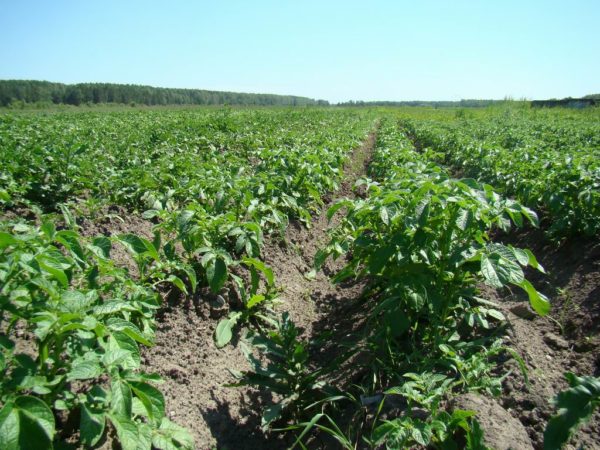
To grow cucumbers on a bed or in a covered ground, you need to make a trellis in advance. Experts recommend purchasing a large plastic mesh, which is then pulled between the posts. Planting is done in fertile, healthy and cultivated soil. Cow manure is suitable as fertilizer, which is added in the amount of 2-3 buckets per 1m2.
It is imperative to study the fact which plants were cultivated in the garden last year. It is acceptable to place Adam in place:
- potatoes;
- beans;
- peas;
- cabbage.
It is not advisable to neglect organic waste. Planting in the soil is done at the beginning of summer, seedlings are transferred with an earthen lump. It must be constantly watered, mulched. The latter procedure is optional, but it is better not to skip it.
To make direct sowing without preparing seedlings, the period chosen is exactly the same - the beginning of summer. Depth of placement of seed material - 3cm. Due to the fact that the cultivation will be using a trellis, the planting pattern is 25-30 * 60-70 cm. Cucumbers grow perfectly on the side of the greenhouse and placement in 2 rows on both sides of the trellis is permissible.
Care Features
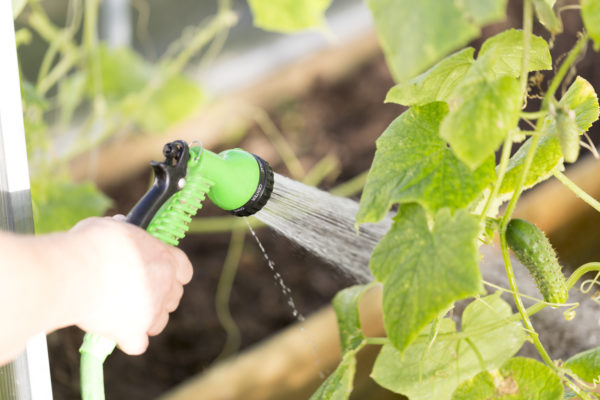
Any cucumber, regardless of their variety, type and type, requires competent care. To maintain a constant yield, you need to change the place of planting every year. The beds are regularly weeded and loosened. Constant hilling of the plant is necessary in order to close bare roots.
Moisturizing Features:
- Watering before flowering should be weekly.
- As soon as fruiting is detected, it is increased up to 2 times a week.
- In the period of drought, the beds are moistened daily, but in the evening. This will make Zelentsy sweet, juicy and tasty.
- The water used is pre-settled to eliminate chlorine from it, if it is tap water. Permissible water temperature + 24C.
It is necessary to monitor the condition of the leaves.In extreme heat, they will quickly dry out, which will lead to dehydration of seedlings and wilting of shoots. During the growing season, the plant should be fed at least 5 times, give priority to organic fertilizers, which should be combined with mineral.
Organic compounds are ash and humus. During the period of growing green mass, nitrogen additives are added, and as soon as the ovaries begin to form, complex additives are required. Mullein or infusion on bird droppings is recognized as the best option. In their absence, you can use the store tools:
- Fertility;
- Ideal
- Humate Sodium.
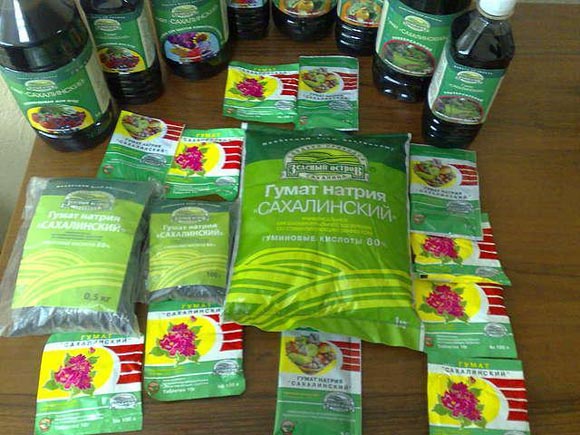
Excess nitrogen provokes a delay in flowering, thinning of the stems, the growth of green mass with the formation of a saturated green color. With a surplus of phosphorus, the foliage will actively yellow, necrotic spots will appear, which will cause the tops to fall.
Gardeners consider it convenient formation of culture through the installation of trellis. To do this, you need:
- pinch stepchildren;
- tie the lashes with twine, hooking the central one;
- do tying as you grow;
- pinch the central lash or throw it over the trellises so that the growth continues downward as soon as it reaches the top of the support.
When forming, you need to consider that:
- with a long and sultry summer, you can get a larger crop, respectively, you do not need to pinch;
- if there is no need for high productivity, then all stepchildren are cut immediately.
The fruits will gradually go from bottom to top, and therefore you need to periodically remove the foliage growing from below, up to the nearest ovaries.
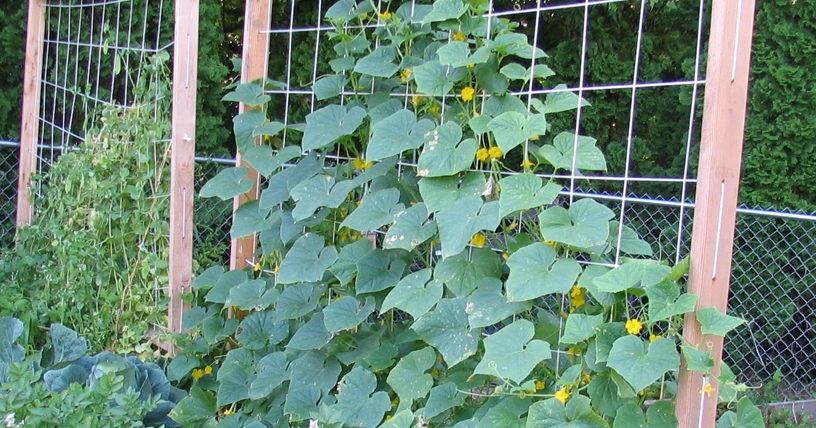 You may be interested in:
You may be interested in:Reviews of those
The undoubted advantage of the variety is high-quality and tasty fruits that grow regardless of the place of planting, but with proper care. Adam fell in love with many gardeners.
Veronica, 35 years old.
This year I decided to plant this type of cucumber. The fruits turned out to be smooth, dark green in color with small spines. The foliage is not large, but the yield was striking. The main thing I liked, the culture does not take up much space, which allows you to grow much more plants on the site. I have no complaints about care and illness.
Victoria, 43 years old.
The variety should be chosen by those who agree carefully cares for vegetables. Planted this culture, was very pleased. Pickles and pickled, and pickled, and added to salads. Not a bitter and high-yielding variety. All households also liked the fruits. I recommend.
Variety Adam is one of many early-ripe cucumbers. They are considered universal, as they are intended for salting, fresh and pickled.

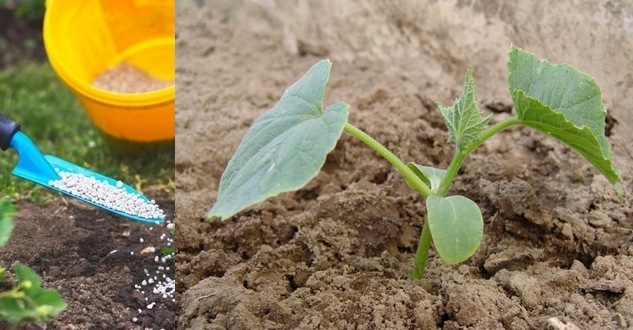
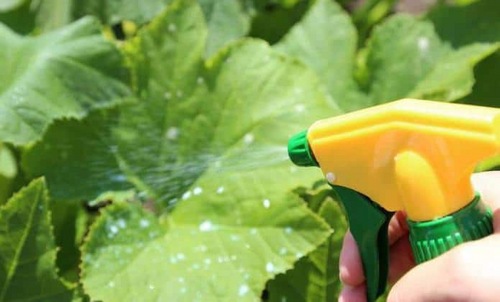
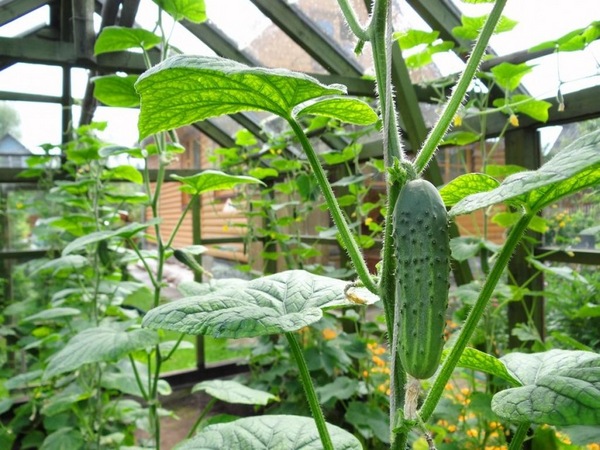
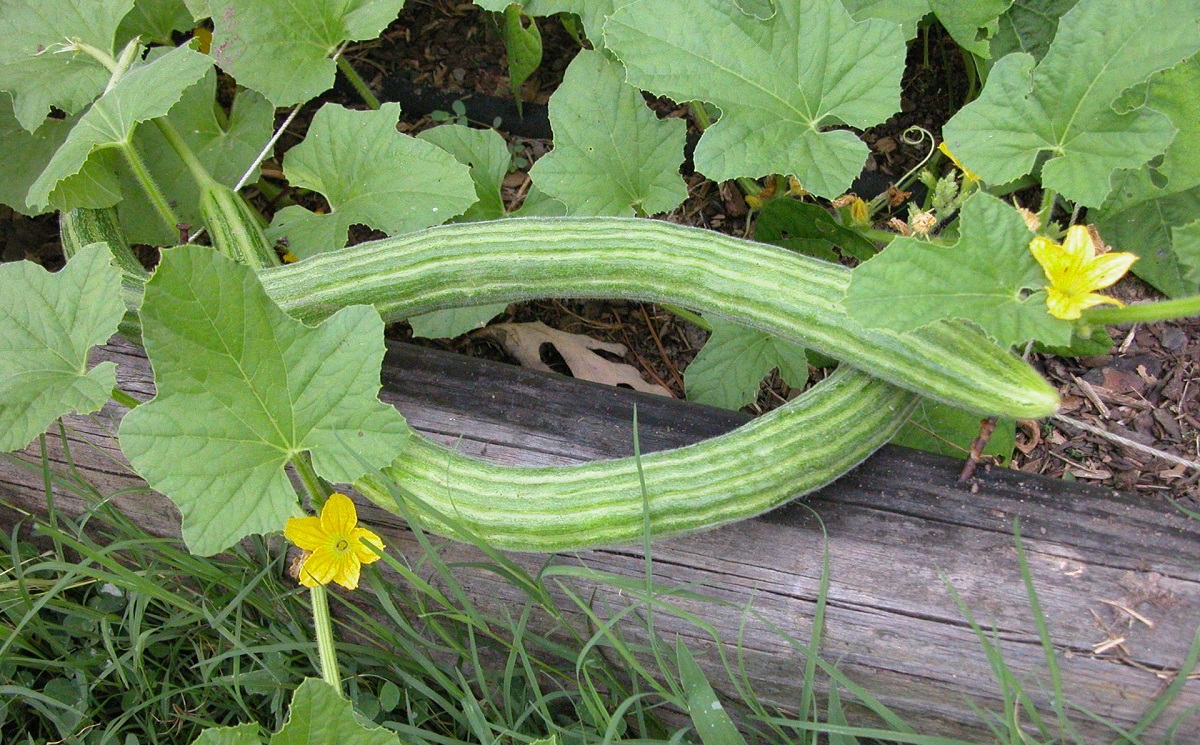 Armenian cucumber with melon flavor: description and characteristics, reviews
Armenian cucumber with melon flavor: description and characteristics, reviews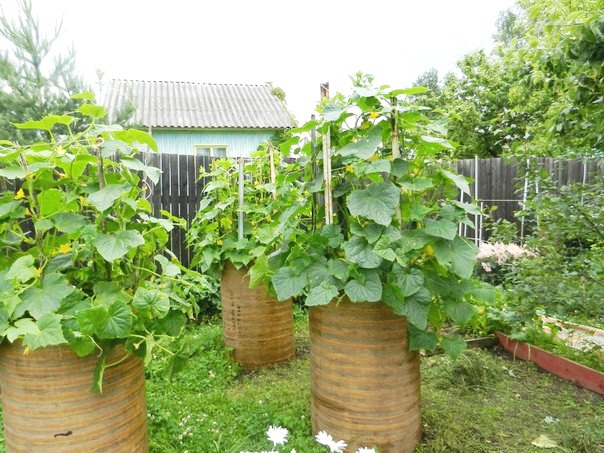 Do-it-yourself vertical beds for cucumbers: schemes, photos
Do-it-yourself vertical beds for cucumbers: schemes, photos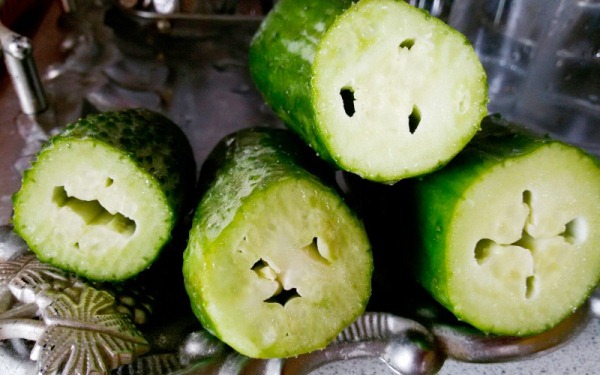 Hollow cucumbers: reasons for the appearance of hollow, what to do
Hollow cucumbers: reasons for the appearance of hollow, what to do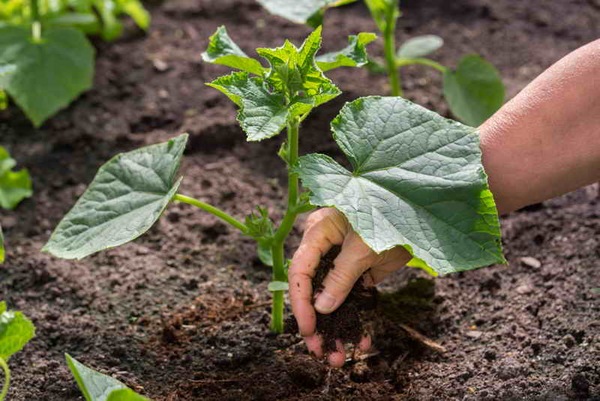 Which manure is best for cucumbers: application, how to breed
Which manure is best for cucumbers: application, how to breed